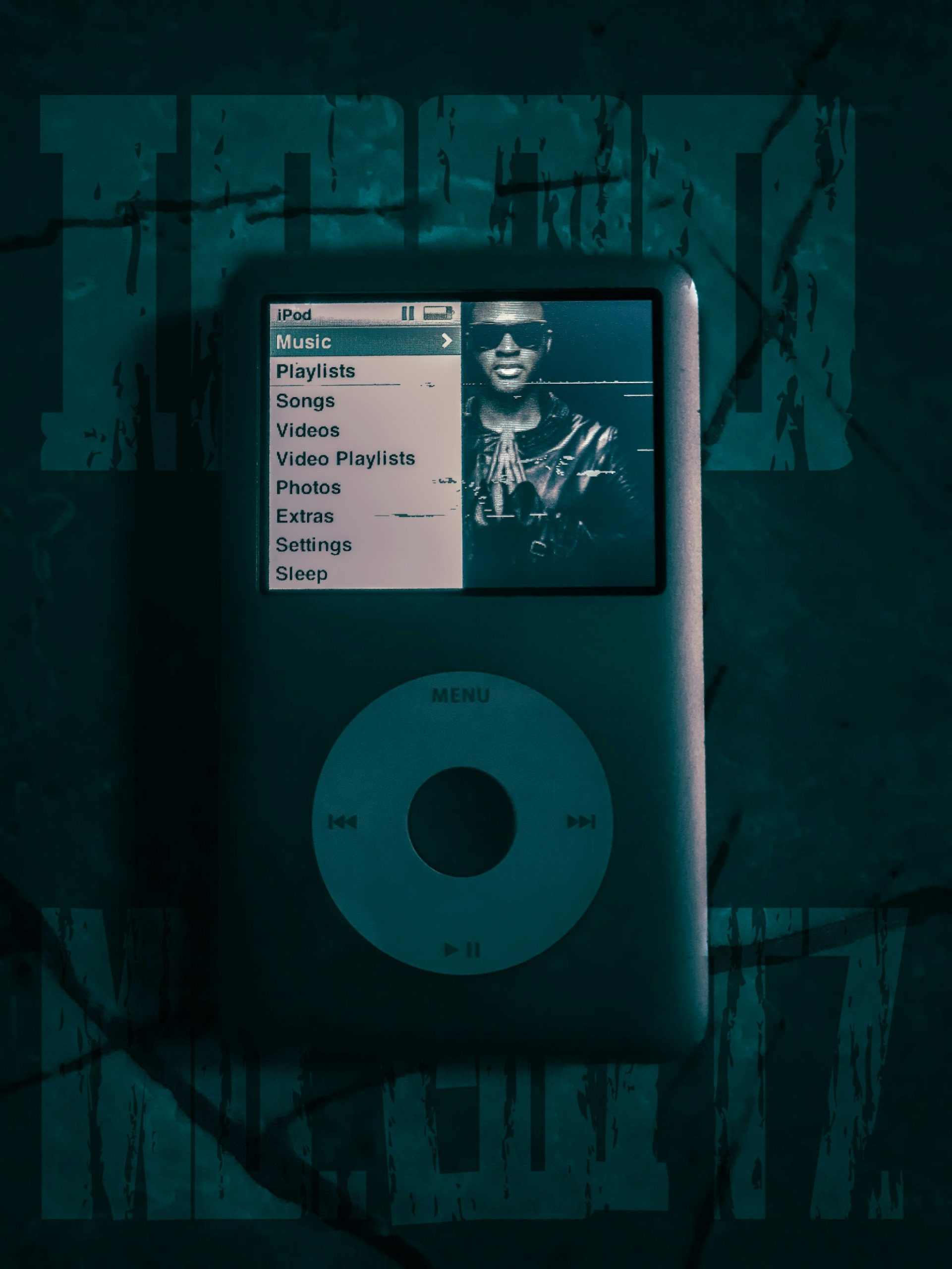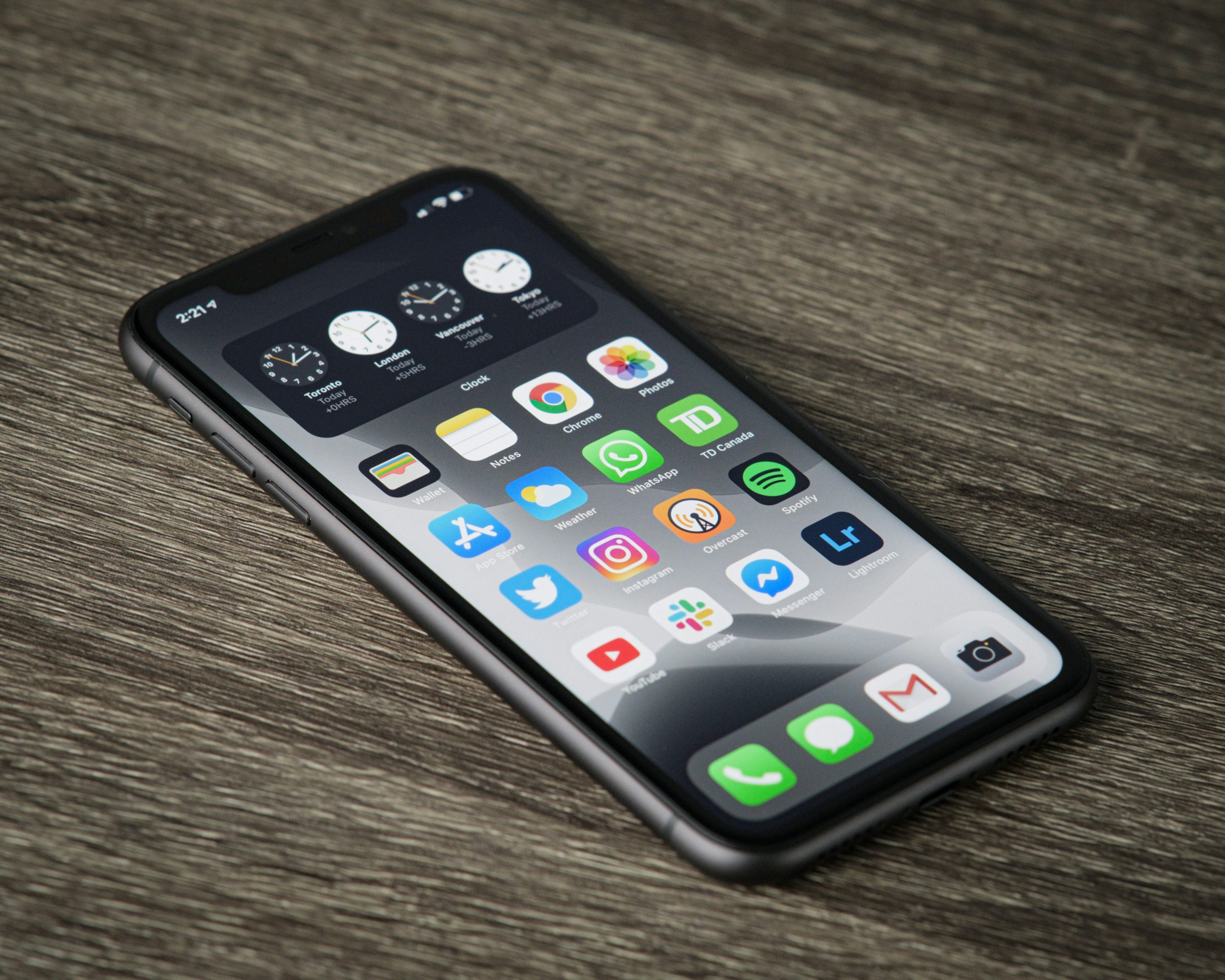In an age dominated by rapid technological evolution, certain iconic brands have managed to hold a special place in the hearts of millennials, shaping not only their personal lives but also influencing market trends significantly. A recent survey conducted by YouGov, and discussed on 24/7 Wall St., reveals some surprising favorites among millennials, demonstrating a robust nostalgia for brands that have either evolved with the times or been resurrected in the public’s imagination.
Millennials, typically defined as those born between 1981 and 1996, have witnessed firsthand the digital revolution, transitioning from the era of desktop computers and bulky cell phones to today’s sleek gadgets and omnipresent digital technology. The survey’s findings underscore a fascinating blend of loyalty and sentimentality towards brands that many might assume would be forgotten in the fast-paced tech landscape.
Rediscovering Old Favorites
The list of millennials’ favorite consumer electronics brands is intriguingly diverse, featuring names like Apple, Sony, and more unexpected entries such as SanDisk and Nintendo Wii. These brands, which have variously symbolized innovation and entertainment over the decades, continue to resonate with this generation for their reliability, user experience, and the sheer nostalgia they evoke.
For instance, the iPod, a product nearly synonymous with the early 2000s, continues to be fondly remembered by millennials. Launched in 2001, the iPod revolutionized the way people consumed music and helped Apple avert financial disaster. It wasn’t just a music player; it was a cultural icon that defined an entire generation’s relationship with music and technology.
Similarly, the Nintendo Wii, introduced in 2006, is celebrated not only for its innovative motion-sensing technology but also for the way it transformed gaming into a communal and physically engaging experience. It brought video gaming out of the niche market and into the family living room, appealing to gamers and non-gamers alike.
The Influence on Market Trends
These preferences aren’t just reflections of past times; they actively influence current market dynamics. For instance, the enduring popularity of brands like Apple’s iPhone and Samsung’s Galaxy series underscores the significant impact these products have on current consumer behavior and expectations. As highlighted in the survey, the iPhone continues to dominate the U.S. smartphone market with its intuitive design and extensive ecosystem, while the Samsung Galaxy is lauded for its innovative features and competitive marketing.
Moreover, the resurgence of these brands has also spurred companies to reintroduce classic models with modern twists, aiming to capture the millennial market’s attention by blending nostalgia with contemporary technology. This trend is visible in the various anniversary editions released by tech companies, like the recent revivals seen in the gaming console space.
Why Millennials Cling to These Brands
The reasons behind millennials’ loyalty to these brands are multifaceted. Psychologically, these gadgets often represent more than just tools or entertainment; they are mementos of youth, symbols of the era’s technological optimism, or simply relics of simpler times. Practically, many of these brands have consistently delivered quality and innovation, earning consumer trust across decades.
Furthermore, as millennials now move into their prime spending years, their preferences are likely to keep influencing broader market trends significantly. Companies that can effectively tap into this blend of nostalgia and innovation are positioned to benefit immensely in terms of brand loyalty and sales.
Looking Forward
As we look towards the future, it is evident that the tech industry must balance innovation with a keen understanding of consumer sentimentality. For millennials, technology isn’t just about the latest gadget; it’s about the experience, the memories associated with a brand, and how these products have integrated into their lives over significant periods. Brands that recognize this emotional connection and continue to build on it with integrity and innovation will likely maintain their relevance and appeal among this key demographic.
In an ever-evolving market, the echo of nostalgia, paired with cutting-edge technology, may well be the key to enduring brand loyalty. The success of these brands with millennials is a powerful reminder that in the world of technology, what’s old can always be new again, especially when it resonates on a deeper, more personal level.

 Home4 years ago
Home4 years ago
 Medical4 years ago
Medical4 years ago
 Gadgets4 years ago
Gadgets4 years ago
 Environment4 years ago
Environment4 years ago
 Medical4 years ago
Medical4 years ago
 Energy4 years ago
Energy4 years ago














